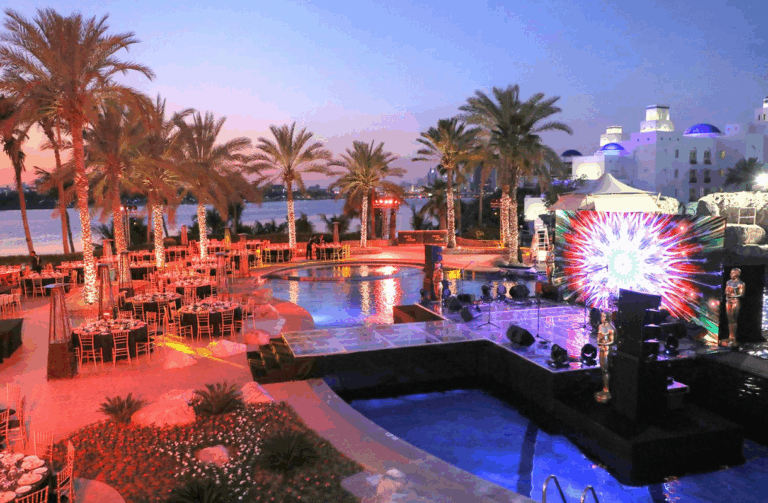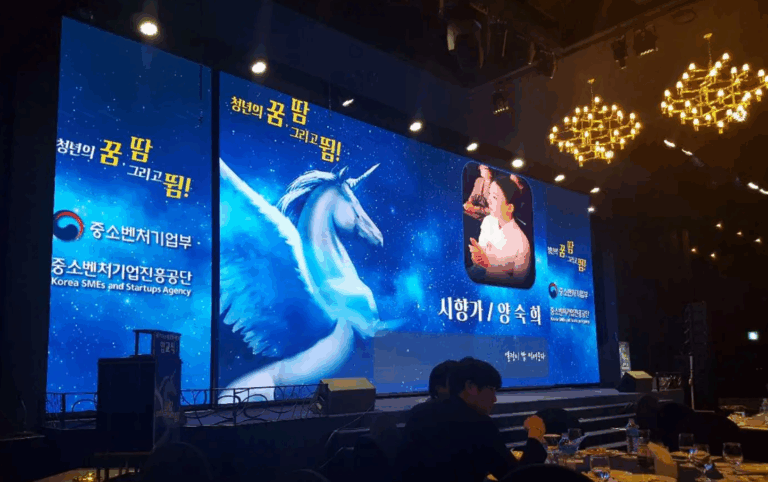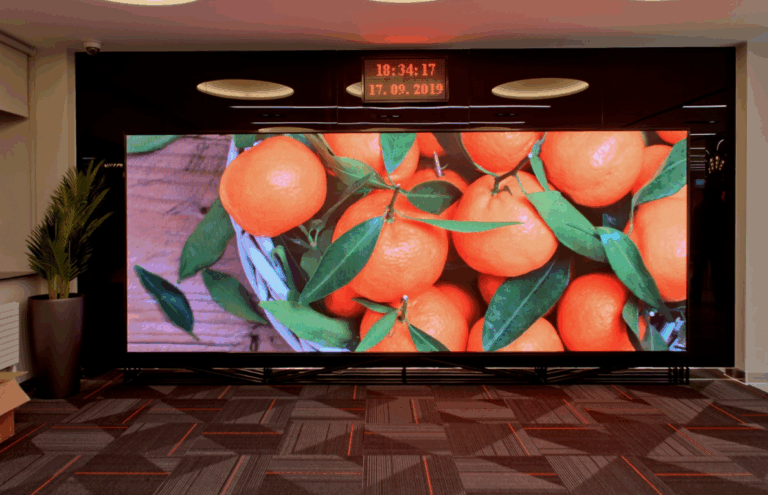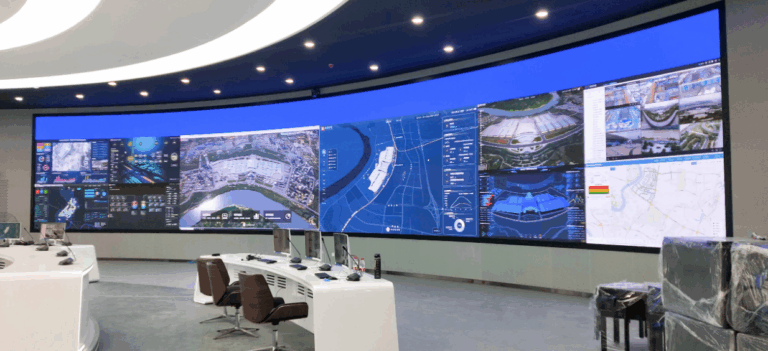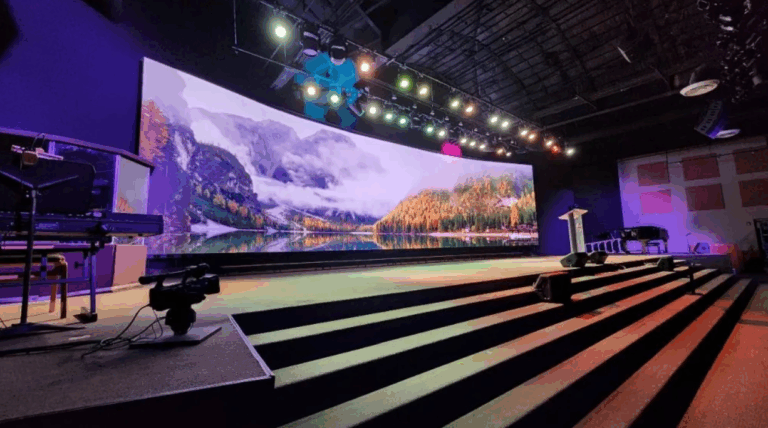Table of Contents
-
What Is an LED Perimeter Screen?
-
Key Features of LED Perimeter Screens
-
Buying Considerations
-
Budgeting & Cost-Effectiveness
-
Why We Recommend the ARES Series
-
Frequently Asked Questions
-
Final Thoughts
In today’s digital era, outdoor advertising and public information displays are undergoing a transformation. At the heart of this change is the LED perimeter screen, an innovative display solution that is redefining what’s possible with fence-based advertising. These screens offer dynamic visuals, real-time content updates, and powerful impact—making them ideal for promotions, sporting events, and public venues.
In this guide, we’ll walk you through everything you need to know about LED perimeter screens—from core features and how to choose the right model, to practical buying tips and common questions—to help you make a smart, cost-effective decision.
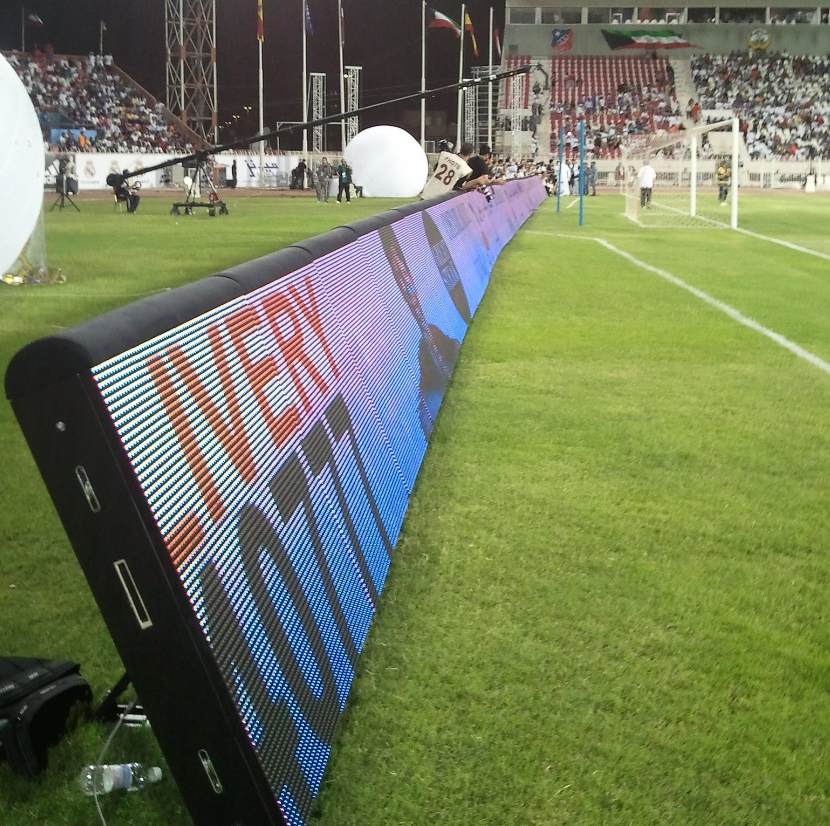
1. What Is an LED Perimeter Screen?
An LED perimeter screen is a digital display designed specifically for outdoor installations along fences, guardrails, or customized frameworks. Unlike static banners or printed signage, LED perimeter screens utilize LED technology to display motion graphics, video content, and real-time updates.
They’re highly effective for broadcasting advertisements, scores, messages, and interactive content at sporting events, commercial centers, transport hubs, and more.
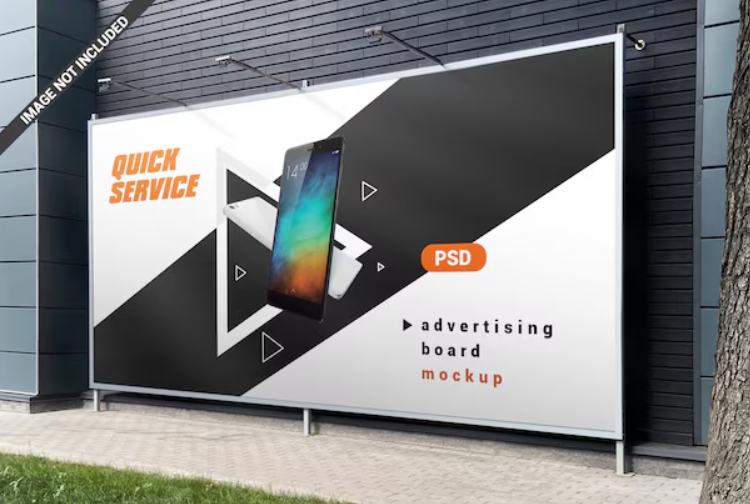
2. How They Compare to Traditional Fence Advertising
| Aspect | Traditional Fence Ads | LED Perimeter Screens |
|---|---|---|
| Content Update | Manual replacement required | Remote control, real-time updates |
| Visual Impact | Static, limited engagement | Bright, dynamic video draws attention |
| Durability | Prone to weather damage | Waterproof, dustproof, UV-resistant |
| Interactivity | None | Supports interactivity via sensors/software |
| Maintenance | Frequent replacements needed | Lower long-term maintenance costs |
Example:
During the 2022 FIFA World Cup in Qatar, LED perimeter screens were installed around multiple stadiums to broadcast sponsor ads and real-time scores. Their flexibility and visual appeal captured global attention—highlighting a key advantage over traditional media.
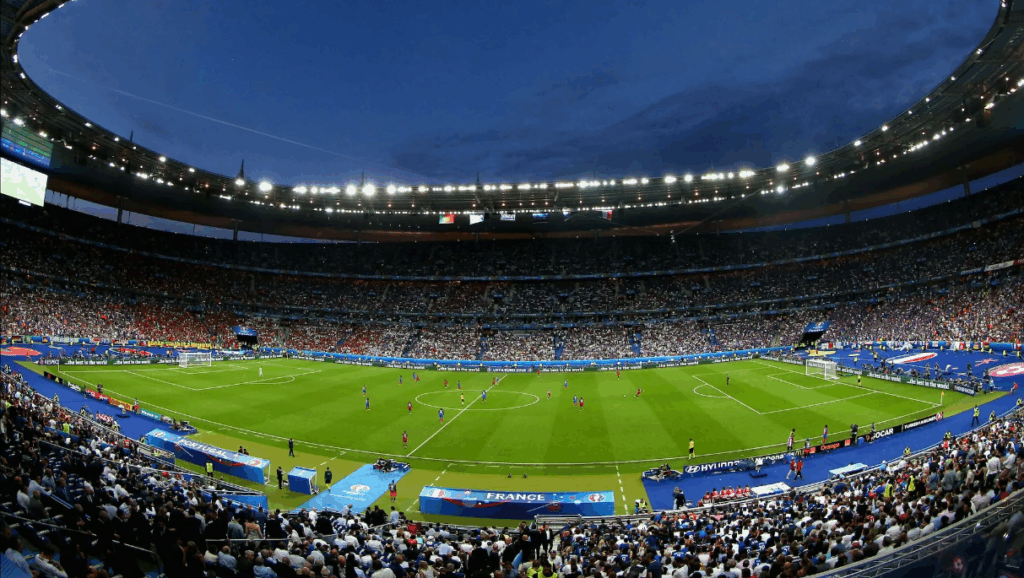
According to the Outdoor Advertising Association of America (OOAC), dynamic LED displays generate 63% higher attention rates and up to 40% better message retention compared to static signage.
3. Key Features of LED Perimeter Screens
High Brightness & Color Accuracy
LED perimeter screens are built for visibility, even under direct sunlight. With brightness levels ranging from 5,000 to 8,000 nits (compared to 300-500 nits on standard screens), they remain sharp in any light. These displays also offer wide color gamuts and high color fidelity (over 95%), making them ideal for vivid content.
Modular, Flexible Installation
Thanks to their modular design, screens can be easily assembled or disassembled. Whether it’s a curved fence or an angular corner, the modular build supports a variety of shapes. They also support multiple mounting options—hanging, ground-posted, or wall-mounted.
Durability for Harsh Environments
Outdoor conditions are unpredictable. LED perimeter screens typically come with IP65+ protection, ensuring resistance to water, dust, and UV exposure. Most enclosures are made from aluminum alloy or high-strength plastic for extra durability in -4°F to 122°F (-20°C to 50°C) environments.
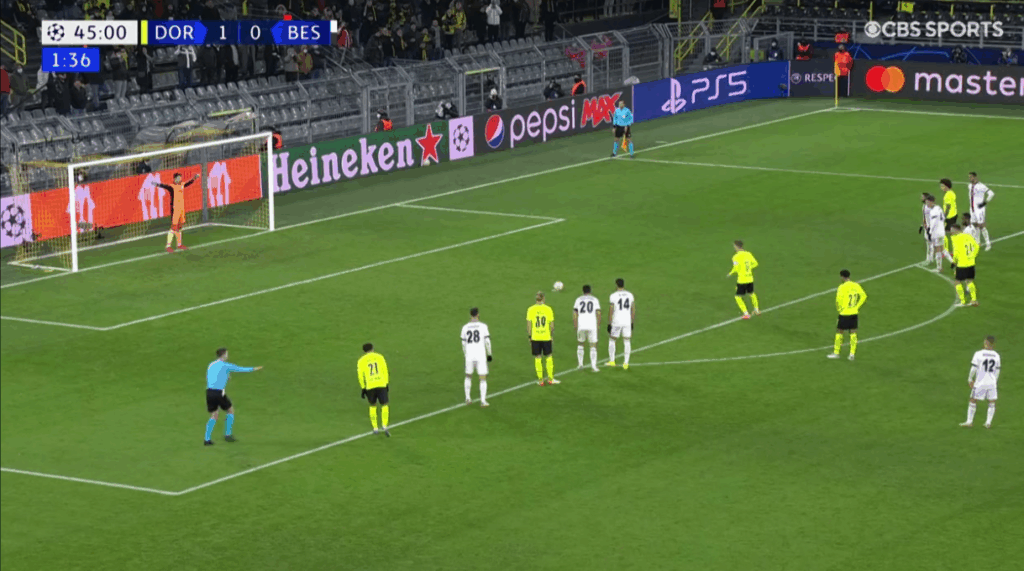
4. Buying Considerations
Use-Case Matching Table
| Application | Recommended Pixel Pitch | Brightness Range | Key Features |
|---|---|---|---|
| Stadiums | P6.6–P10 | 6,000–8,000 nits | Flexible masks, anti-collision design |
| Commercial Plazas | P4–P8 | 5,000–7,000 nits | High refresh rate, wide viewing angle |
| Transit Hubs | P5–P10 | 5,500–7,500 nits | Waterproof, remote management |
| Live Events | P3.9–P6 | 5,000–6,000 nits | Modular build, rapid deployment |
Budget & ROI Tips
-
Low Budget: Opt for P8 or P10 models—ideal for distant viewing and cost-effective.
-
High Budget: Go for P4 or P5 for crisp, high-resolution visuals at close range.
-
Price Range: Typically $500–$1,500 per square meter, depending on specs.
-
Long-Term Value: With dynamic content capabilities, LED perimeter screens outperform static signage in ROI over time.
When budgeting, consider pixel pitch, brightness, protection level, and the control system. Don’t sacrifice quality and support just to save a few bucks upfront—it’ll cost more in the long run.
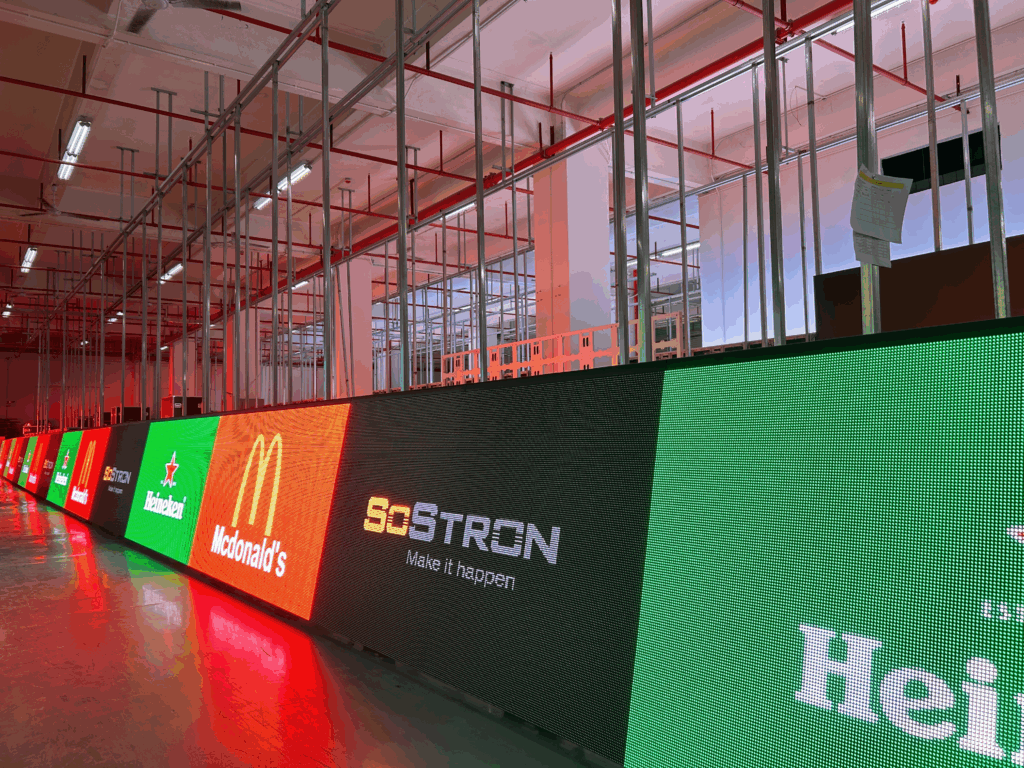
5. Why Choose the ARES Series?
Among the many perimeter LED displays on the market, SoStron’s ARES series stands out for its practical design, energy efficiency, and project-friendly features.
Solving Industry Pain Points:
-
Heavy and Difficult to Install:
Traditional cabinets are bulky and time-consuming to install. ARES uses lightweight panels (only 23kg per unit) and a modular design to dramatically speed up assembly. -
Complex Sizing:
Older non-standard units can create budgeting and design headaches. ARES comes in standardized 1000x1000mm, 750mm, and 500mm sizes—like building blocks for easy planning. -
Rigid Structure:
ARES supports 90-degree corners and curved layouts, making it ideal for sports fences, architectural landmarks, or any irregular perimeter setup.
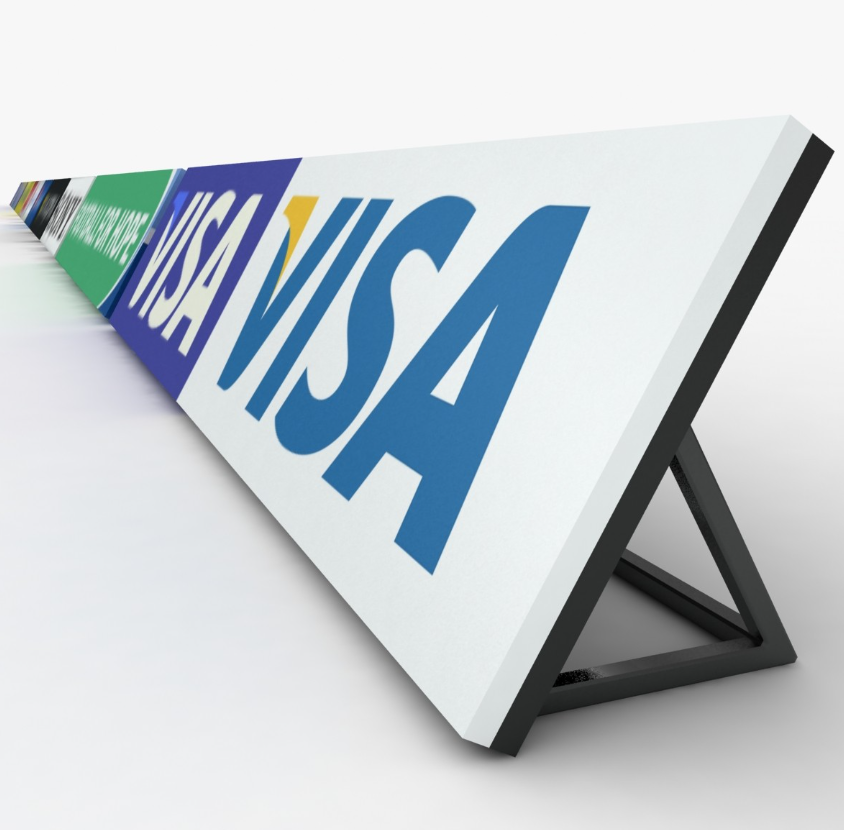
Energy Savings & Performance:
ARES uses high-efficiency driver ICs and optimized cooling structures, reducing energy usage by up to 30%. That’s not just great for your utility bill—it aligns with today’s environmental standards and corporate responsibility goals.
Display Power:
With brightness up to 10,000 nits, ARES stays crystal-clear even in direct sunlight. Each 500x250mm module also ensures quick maintenance and installation.
Fast Delivery:
SoStron’s global warehousing system (including Saudi Arabia, Mexico, and Spain) shortens lead times and reduces project delays.
In Summary:
ARES offers a balance of performance, cost-efficiency, and real-world usability. It’s a product designed to simplify installation, optimize operations, and maximize visual impact.

6. FAQs
Q1: What’s the maximum viewing distance for LED perimeter screens?
It depends on pixel pitch. The formula:
Max Viewing Distance (m) = Pixel Pitch (mm) × 1.5
Example: A P10 screen is best viewed from up to 15 meters (approx. 49 feet).
Q2: What’s the lifespan of an LED perimeter screen?
Typically 50,000 to 100,000 hours, depending on usage and maintenance. Best practices:
-
Clean screen surfaces regularly.
-
Check signal/power lines to avoid interruptions.
-
Get a professional inspection yearly and replace aging modules promptly.
Q3: Are there any legal considerations for outdoor installations?
Yes. Local regulations may include:
-
Brightness limits to avoid nighttime light pollution.
-
Structural safety, requiring wind-resistance and seismic stability.
-
Content compliance with advertising laws.
Tip: Always check with your city’s signage or public works department before installation.
7. Final Thoughts
Choosing the right LED perimeter screen isn’t just a tech purchase—it’s a strategic move that transforms space into a high-impact communication platform. With the right planning and tools, you can avoid costly mistakes and select a solution that delivers strong ROI for years to come.
Remember: the best LED perimeter screen doesn’t just sit on a fence—it enhances it. It’s silent, but speaks volumes.

